Epiphytic plants live on other plants without harming them or deriving nutrients from them. The majority of epiphytic species are found in the wild in humid tropical forests, where the main limiting factor is light. On a single tree in a tropical forest, one can find several dozen epiphytic plants, including orchids, tillandsias, ferns, and cacti, forming true biodiversity gardens within the tree canopies. Some orchids, for example, have two types of roots: some allow the plant to anchor itself to the branches of host trees, while others have a green epidermis, indicating photosynthetic activity taking place in them. In other species, the roots form a sort of network that accumulates fallen leaves from the overlying trees; this creates a fertile substrate from which the epiphytic plant obtains its nutrients. The stag's horn fern (Platycerium alcicorne) has photosynthetic leaves that resemble the antlers of a stag, as well as round or heart-shaped, cup-like leaves that anchor the plant to the host trunk. In some species of Bromeliaceae, the leaves are gathered in rosettes where water can accumulate; within these "air pools", insects and small amphibians find an ideal place to reproduce and complete their life cycle.
In the Botanical Garden, epiphytic plants are kept outdoors in the epiphyte area or in a greenhouse, depending on their temperature and humidity requirements.
-
epifitismo platycerium alcycorne gs
Platycerium alcycorne.

Platycerium alcycorne.
-
epifitismo tillandsia brachicaulos
Tillandsia brachycaulos Schltdl. changes color to attract pollinators.
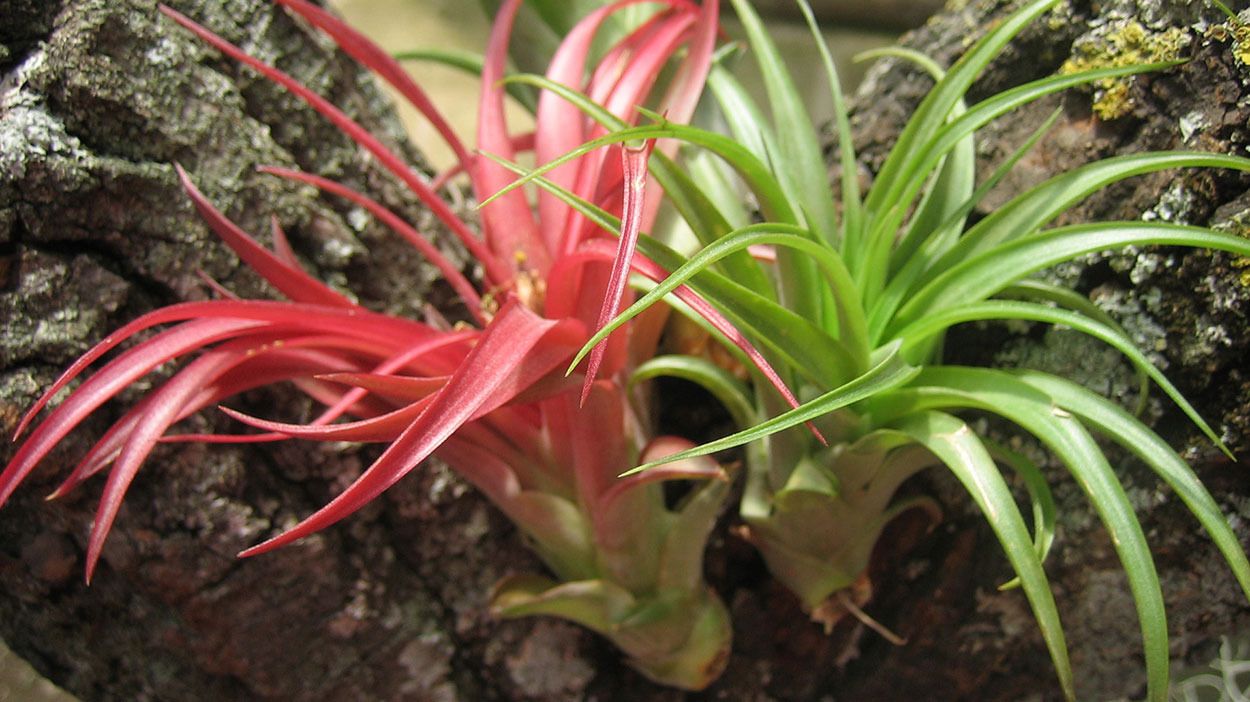
Tillandsia brachycaulos Schltdl. changes color to attract pollinators.
-
vanilla planifolia serra caldoumida piante utili
Flower of Vanilla planifolia Andrews, the vanilla orchid, an epiphytic orchid from which the famous essence is obtained.

Flower of Vanilla planifolia Andrews, the vanilla orchid, an epiphytic orchid from which the famous essence is obtained.
-
tillandsia particolare tectorum
Detail of Tillandsia tectorum É. Morren, an epiphytic plant found in the humid tropical environments of South America.

Detail of Tillandsia tectorum É. Morren, an epiphytic plant found in the humid tropical environments of South America.
-
schomburgkia tibicinis
Flower of the epiphytic orchid Myrmecophila tibicinis (Bateman ex Lindl.) Rolfe, a species found in humid neotropical environments from Mexico to Nicaragua.

Flower of the epiphytic orchid Myrmecophila tibicinis (Bateman ex Lindl.) Rolfe, a species found in humid neotropical environments from Mexico to Nicaragua.
-
epifitismo cactaceae selenicereus anthonyanus
Detail of the flower of Selenicereus anthonyanus (Alexander) D.R.Hunt, characteristic of arid tropical environments in southern Mexico.

Detail of the flower of Selenicereus anthonyanus (Alexander) D.R.Hunt, characteristic of arid tropical environments in southern Mexico.
-
epifitismo cactacea epiphyllum oxypetalum
A flowering plant of Epiphyllum oxypetalum (DC.) Haw., known as the "queen of the night," a succulent epiphyte that grows in the wild from central Mexico to Nicaragua.

A flowering plant of Epiphyllum oxypetalum (DC.) Haw., known as the "queen of the night," a succulent epiphyte that grows in the wild from central Mexico to Nicaragua.


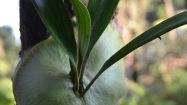
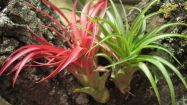
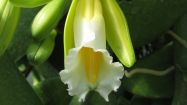
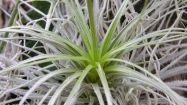
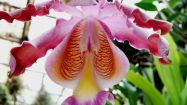
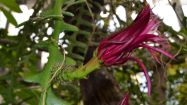

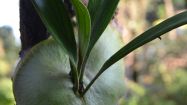
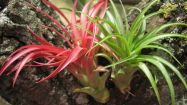
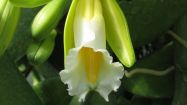
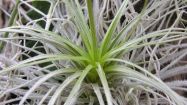
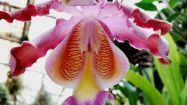
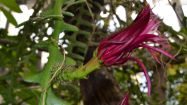
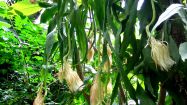

 Sistema Museale di Ateneo
Sistema Museale di Ateneo